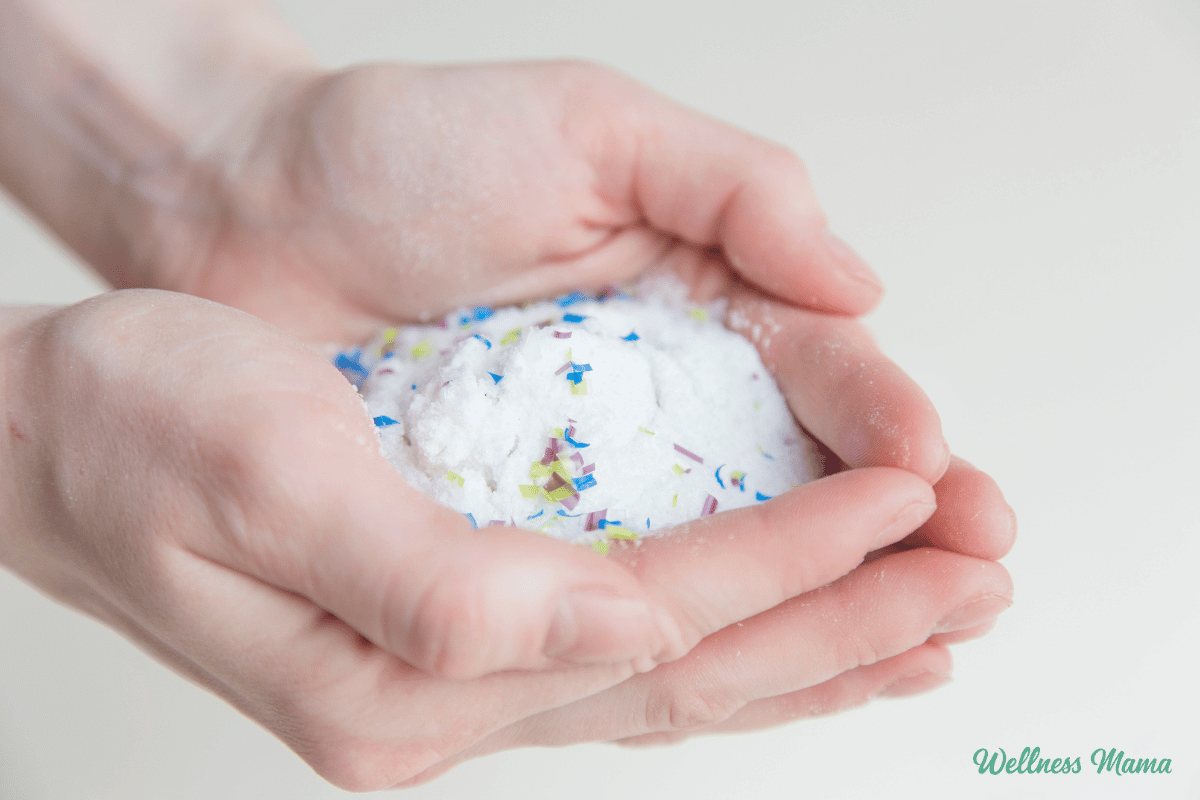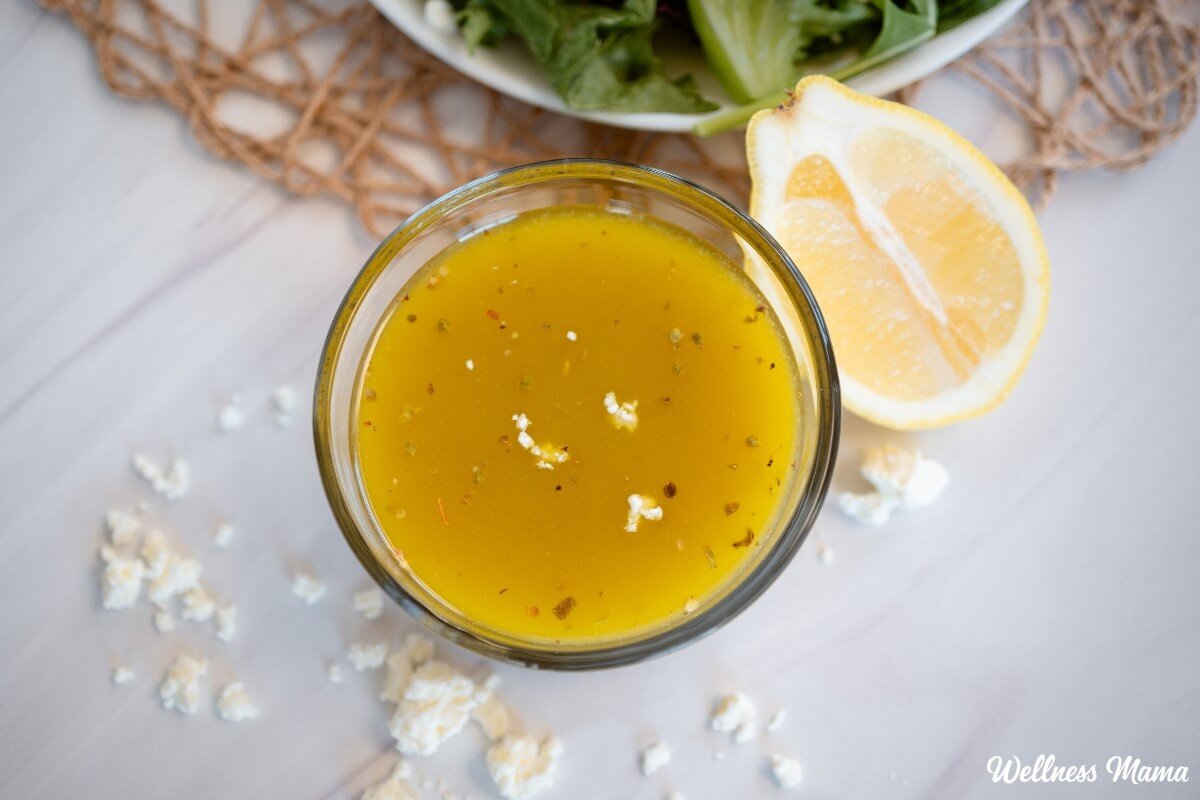In today’s typical American diet, we’re often encouraged to avoid salt due to its negative reputation. However, salt isn’t the villain it’s often portrayed to be, and it actually holds significant benefits for our bodies. Historical evidence suggests that consuming the right kind of salt every day—specifically, unprocessed and unrefined—is highly beneficial for health. This is why I enjoy making sole water!
Increasing your salt intake provides your body with essential electrolytes, helping it function smoothly. While adding salt to meals is beneficial, sometimes it’s challenging to consume enough without an overwhelmingly salty taste.
If you want to improve hydration and boost electrolytes for better health and wellness, consider trying sole water. It’s simple to make, requiring just two ingredients.
What is Sole Water?
Sole (pronounced so-lay) involves water that’s fully saturated with unrefined salt. Often made using pink Himalayan salt, this concentrated saltwater helps increase your electrolyte intake.
Many people add salt to water for health benefits, yet sole is not just saltwater. Instead, it’s water that fully absorbs the highest amount of salt—26% to be exact, a fact you might recall from high school chemistry! Sole is similar to seawater in this regard.
Even though drinking salt water is beneficial, sole provides more electrolytes. We lose electrolytes through sweating or fasting, and replenishing these minerals is crucial. Sole offers sodium along with trace amounts of magnesium, calcium, iron, and potassium.
The choice of salt is critical! Regular table salt is highly processed, stripped of vital minerals during manufacturing, and often treated with chemicals to prevent clumping. For sole, you’ll need unprocessed natural salt, such as Himalayan, Redmond, or Celtic sea salt.
Why Drink Sole Water?
Though health experts have long cautioned against salt intake, drinking salt water can seem counterintuitive. However, numerous studies indicate that seawater (another form of concentrated salt water) brings various health benefits and has been used in some countries for centuries. I incorporate sole water into my daily routine, especially when I’m exercising and sweating or when fasting.
Traditionally, reducing salt intake is suggested for resolving many health issues. While table salt can indeed cause harm and is best avoided, natural salt is less processed and retains essential trace minerals. These minerals are incredibly nourishing.
Sole Water Benefits
-
Assists Hydration: Our body contains salt water. Overnight, the body naturally detoxifies and repairs itself, consuming significant water. Drinking sole first thing in the morning promotes rehydration.
-
Aids Detoxification: Salt has been used for centuries to preserve food and as an anti-inflammatory for mouth rinsing. Due to its antibacterial properties, saltwater aids the body’s natural detox processes.
-
Enhances Sleep: Research reveals that low-sodium diets can disrupt sleep. Including sole in daily routines increases sodium and mineral levels conducive to better sleep.
-
Boosts Energy: Sole minerals help enhance energy levels throughout the day. A 2019 study indicated higher sodium intake correlates with increased energy.
-
Improves Digestion: A 2020 study found salt water stimulates the digestive system, improving food absorption and providing constipation relief.
-
Regulates Heart Rate: Low-sodium diets may interfere with heart signals, raising the risk of arrhythmias.
-
Benefits Blood Sugar: A high-salt diet can enhance insulin regulation, while low-salt diets might increase insulin resistance. Users often report better blood sugar levels after consuming sole.
-
Natural Antihistamine: Salt acts as a powerful natural antihistamine, helping balance bodily functions.
-
Alleviates Muscle Cramps: Personally, I’ve noticed fewer leg cramps since drinking sole and using magnesium, even after intense exercise or during pregnancy. A 2022 review of studies on salt intake reported faster exercise recovery and improved performance.
- Supports Weight Loss: By enhancing digestion, nutrient absorption, and hydration, sole may aid in weight management.
Adding sole to one’s diet is an affordable and straightforward way to support a healthy lifestyle.
How Do I Make Sole?
Sole consists of just water and salt, so salt quality is vital. Though pink Himalayan salt is typically used, Redmond Salt or Celtic Sea Salt are also effective. These unprocessed natural salts offer similar trace minerals like magnesium and potassium.
In Ayurveda, Himalayan salt is used to balance the body’s energies (doshas). It’s critical to choose unprocessed, natural salt.
I prefer using mostly Himalayan salt, occasionally adding some Redmond Salt or Celtic Salt. Redmond Salt is mild and a good starter for those new to sole water.
Sole Water Recipe
Sole water, rich in natural salt minerals, is beneficial for digestion, leg cramps, hydration, sleep, and more.
To make sole, fill a glass jar about a quarter full with Himalayan salt, Celtic sea salt, or Real Salt, or a combination. Add filtered water, leaving an inch at the top. Secure with a plastic lid and gently shake. Leave it on the counter overnight to dissolve the salt. If salt remains at the bottom the next day, your sole is ready. If not, add more salt daily until some remains, indicating full saturation.
Nutrition Facts (per teaspoon):
- Calories: 0
- Sodium: 589mg (26% daily value)
- Potassium: 0.1mg
- Calcium: 0.4mg
- Iron: 0.01mg
Notes for Use: Combine 1/2 – 1 teaspoon of sole with a glass of water each morning on an empty stomach. Avoid metal utensils to prevent oxidation.
How to Use Sole
Store the mixture at room temperature as salt naturally inhibits bacteria and fungi, ensuring indefinite shelf life. Replenish with water and salt as needed, ensuring salt crystals persist at the bottom after leaving it overnight—an indicator the water is saturated. Increase salt if crystals do not appear, letting it sit overnight again.
To consume, mix 1/2 – 1 teaspoon in a glass of water each morning, preferably on an empty stomach. If experiencing detox symptoms or headaches, start gradually and adjust as needed. Adding lemon can enhance flavor.
Sole Water Side Effects
Initially, sole might cause nausea. If so, start with smaller amounts. Though best consumed on an empty stomach, another approach is stirring 1/2 – 1 teaspoon into 32 ounces of water and sipping throughout the morning.
Sole might irritate the stomach or cause diarrhea. In such cases, pause consumption until symptoms subside. Reintroduce slowly, noting your body’s reactions.
Who Can Drink Sole?
For those with kidney stones, kidney disease, or high blood pressure, sole water might not be suitable. Traditional guidance suggests reducing salt under these circumstances, but some evidence proposes otherwise. Consult with a holistic healthcare provider before trying sole if these conditions apply.
Have you tried making sole water before? How did it work for you? Share your thoughts!

















Leave a Reply